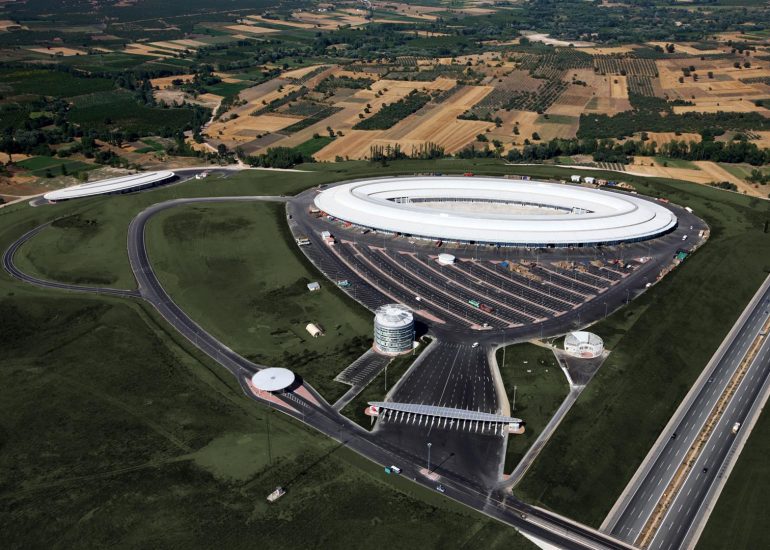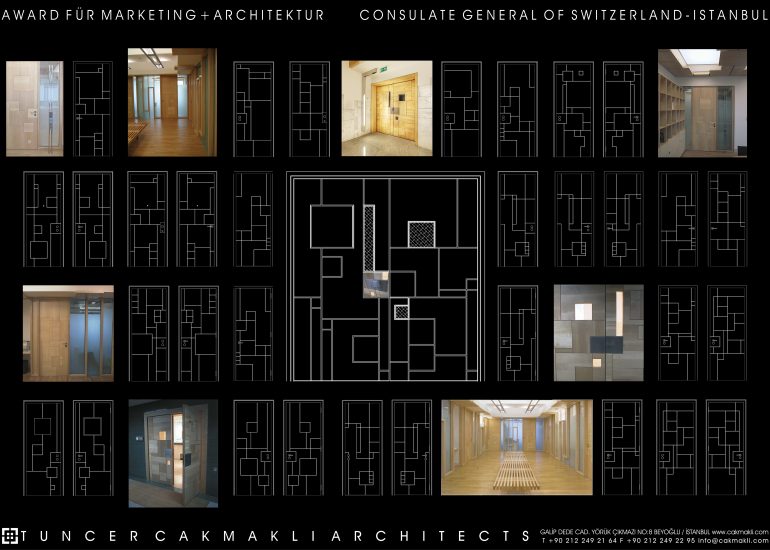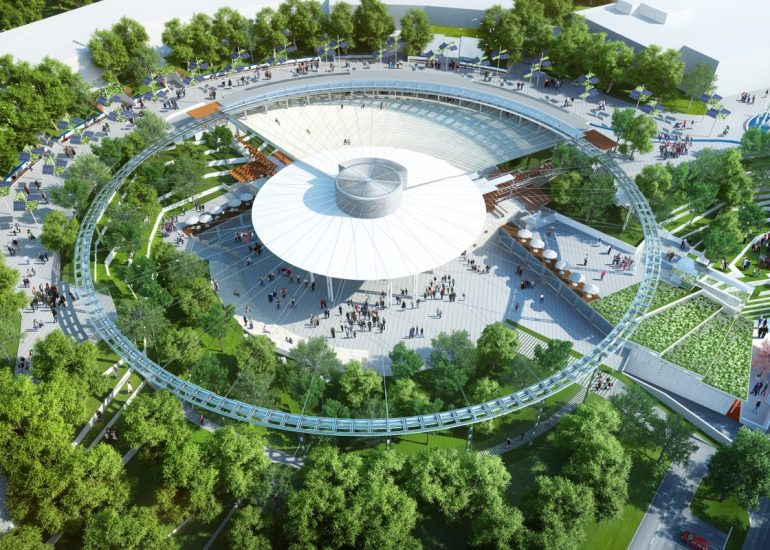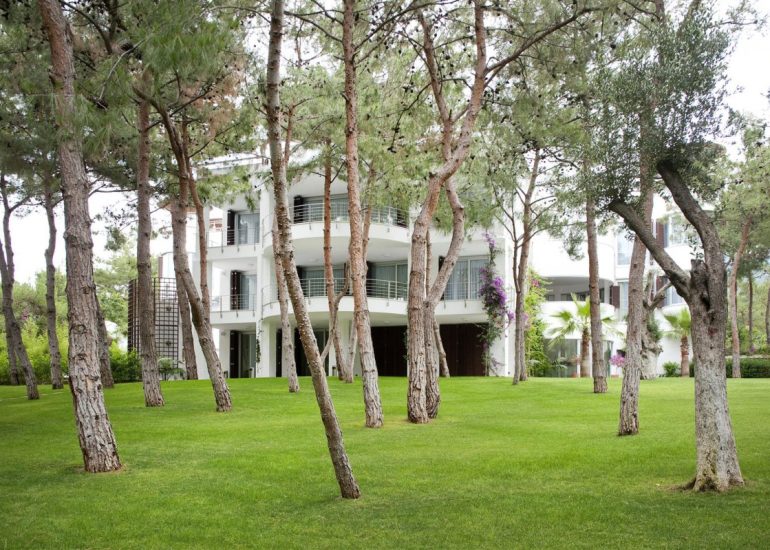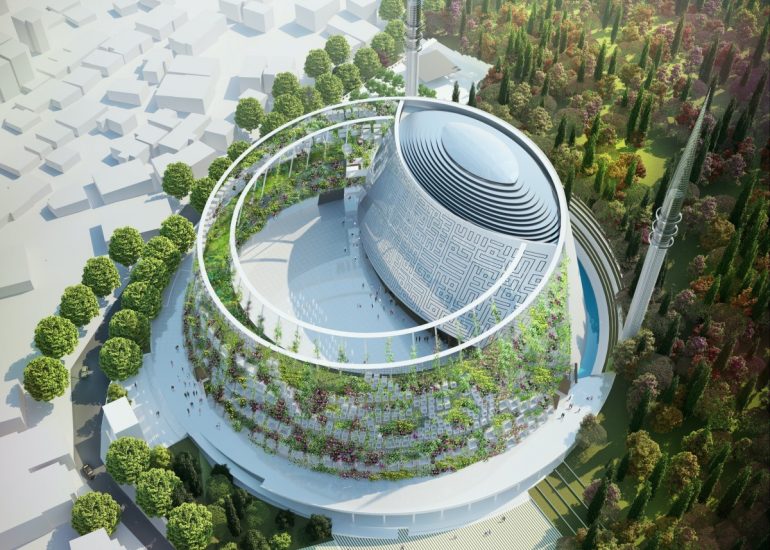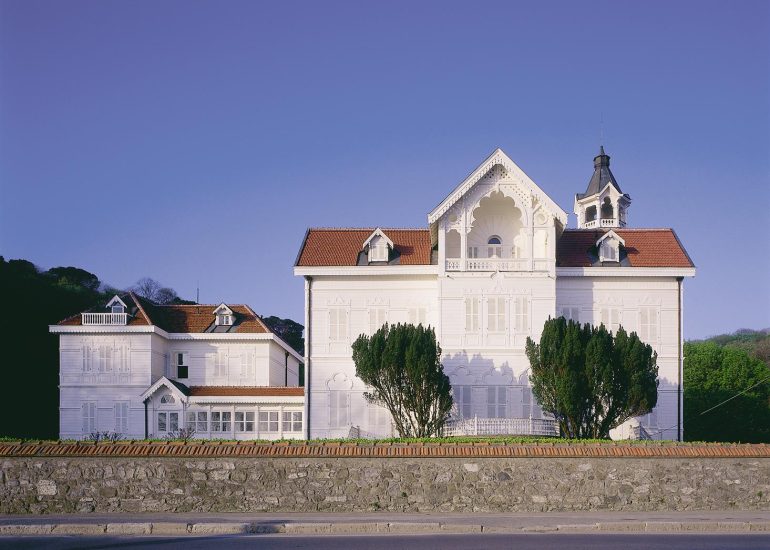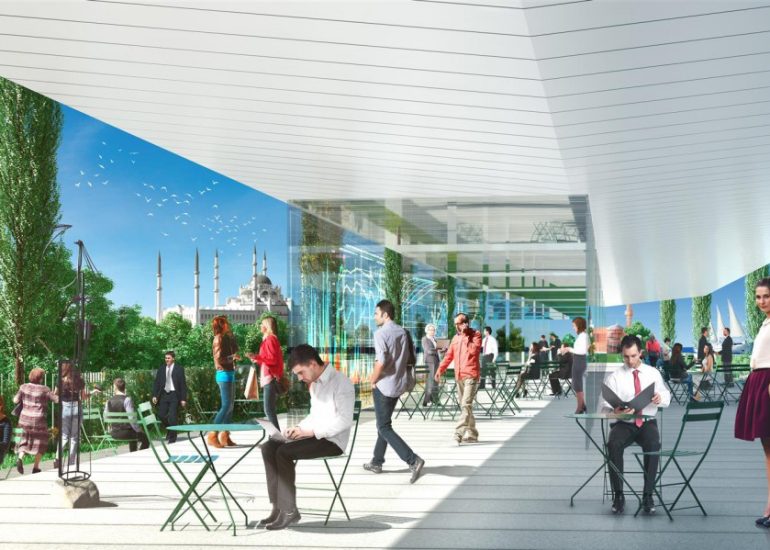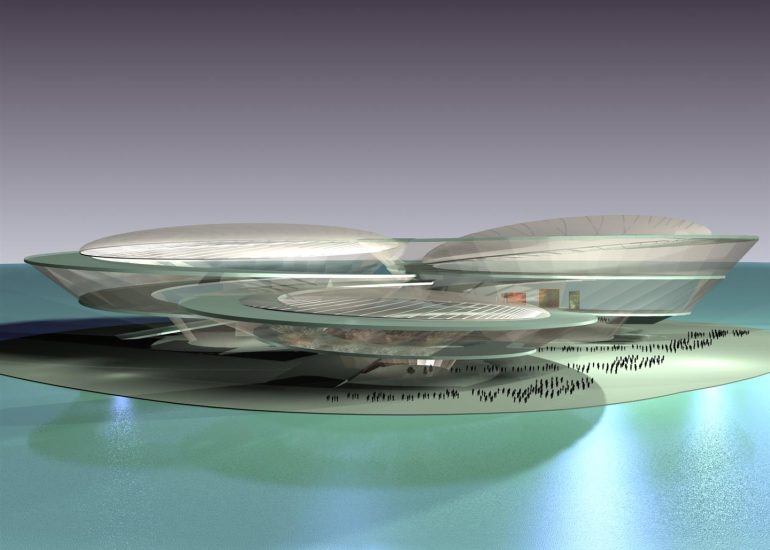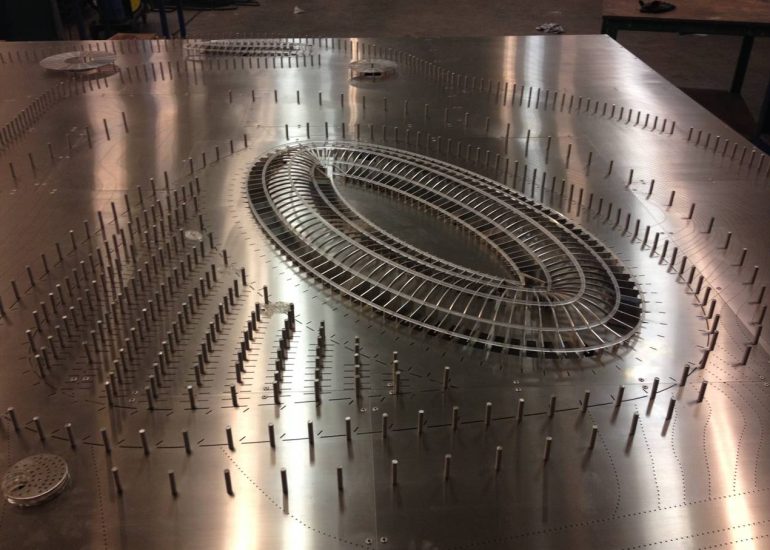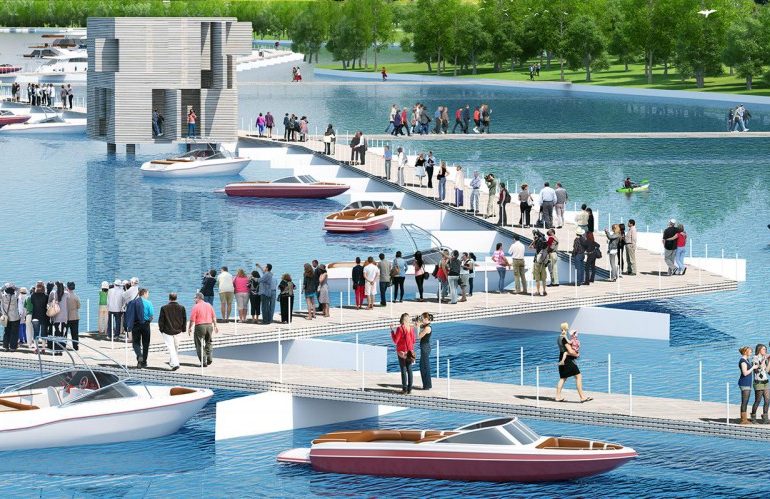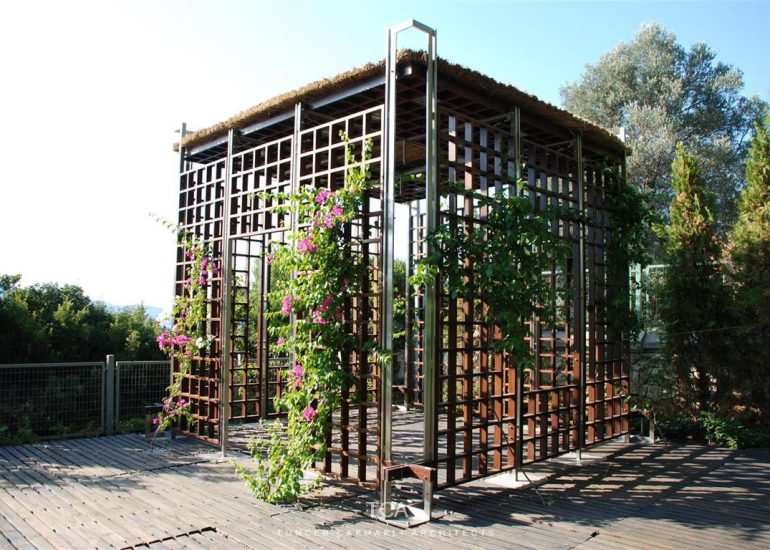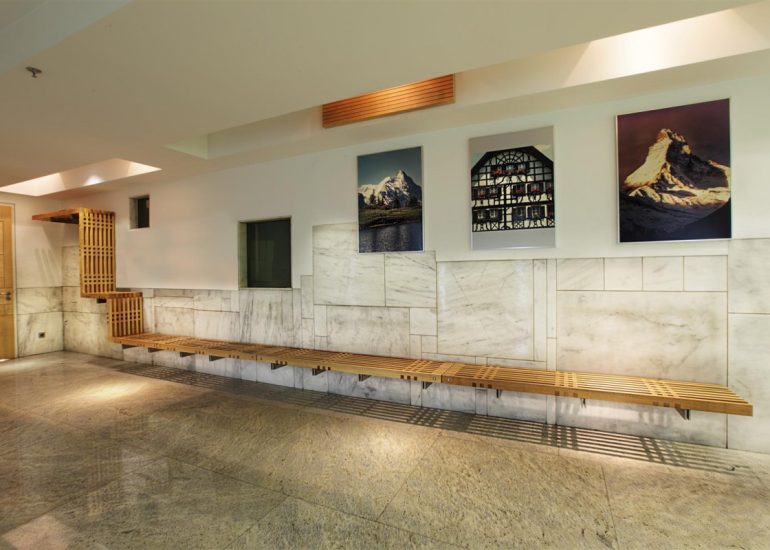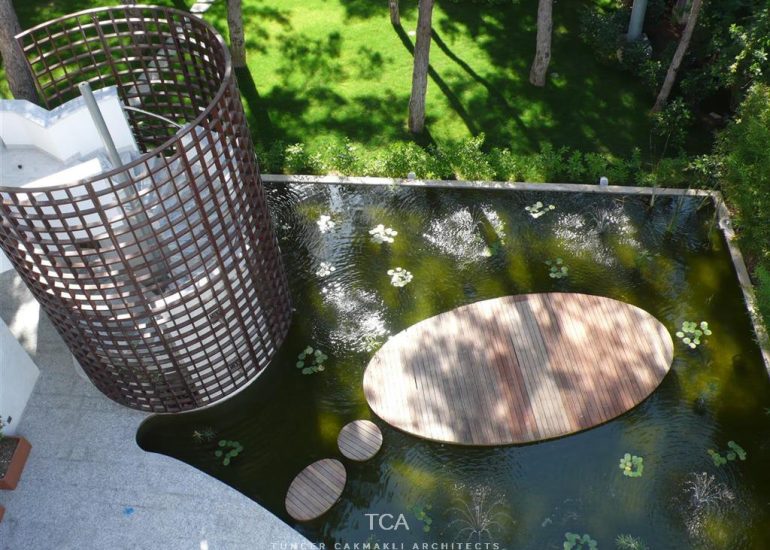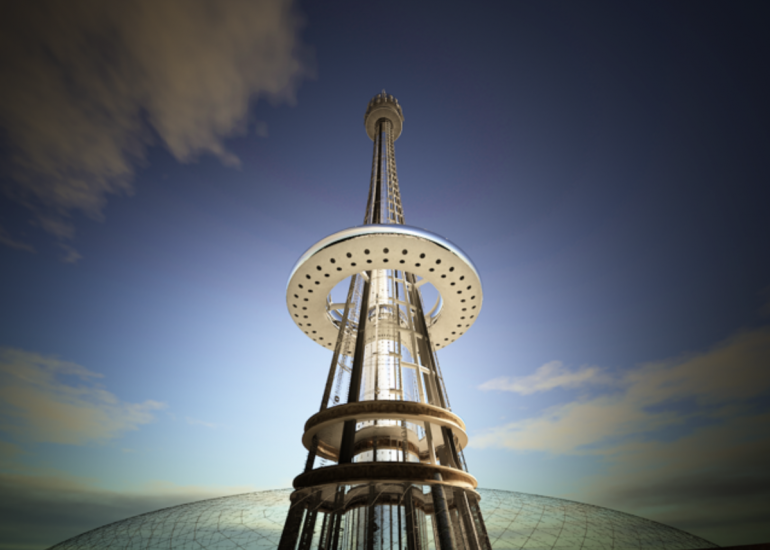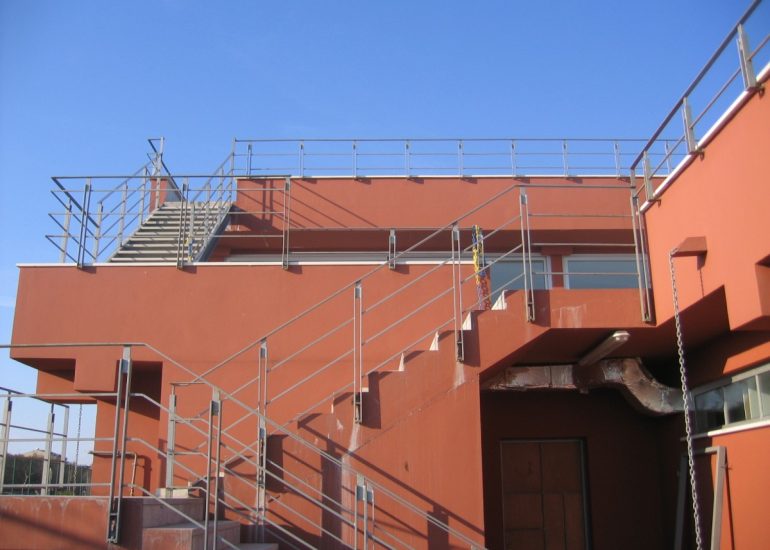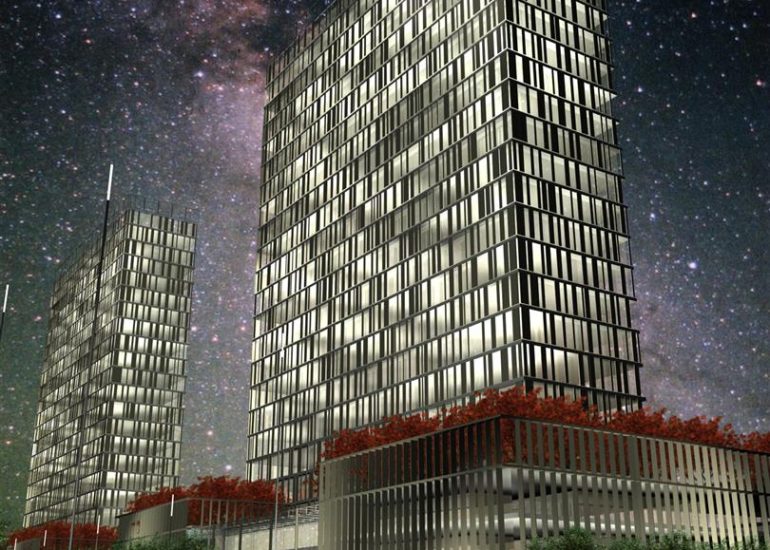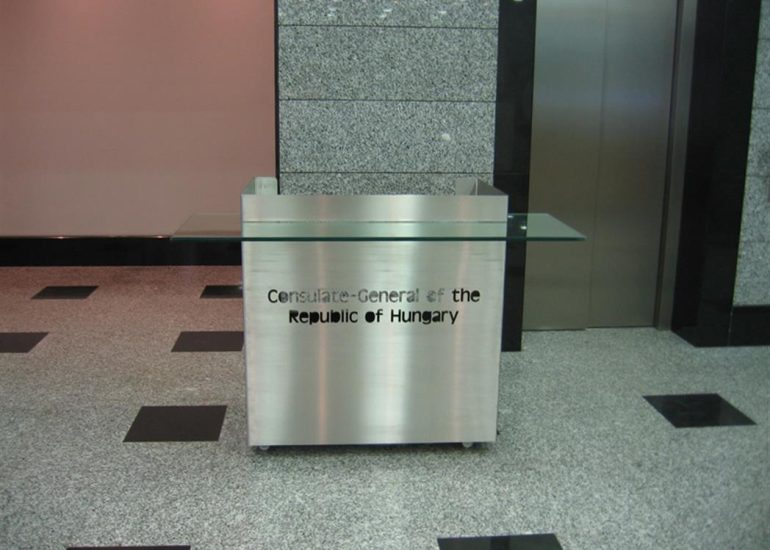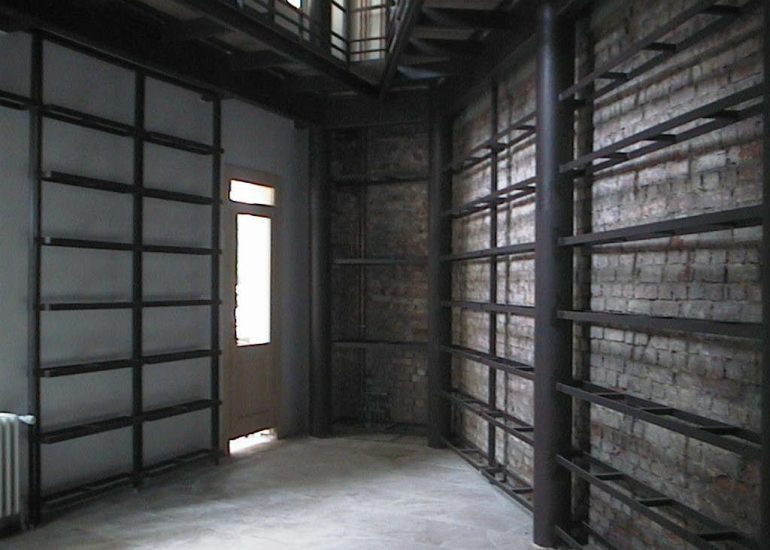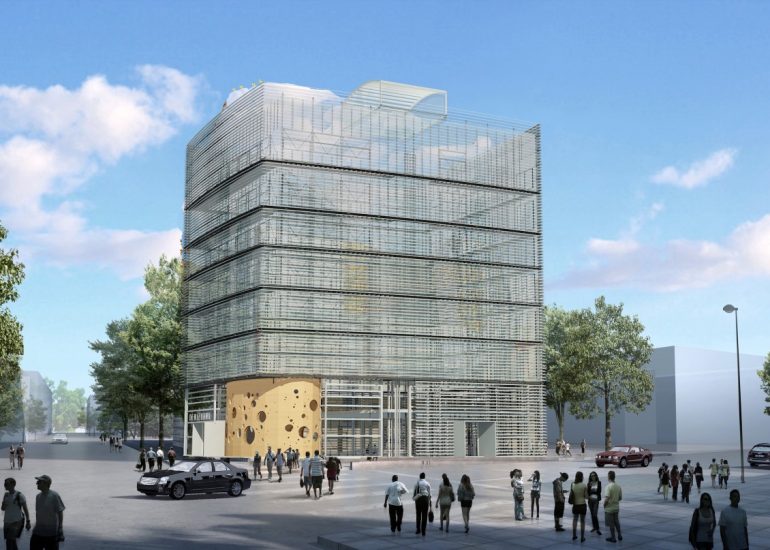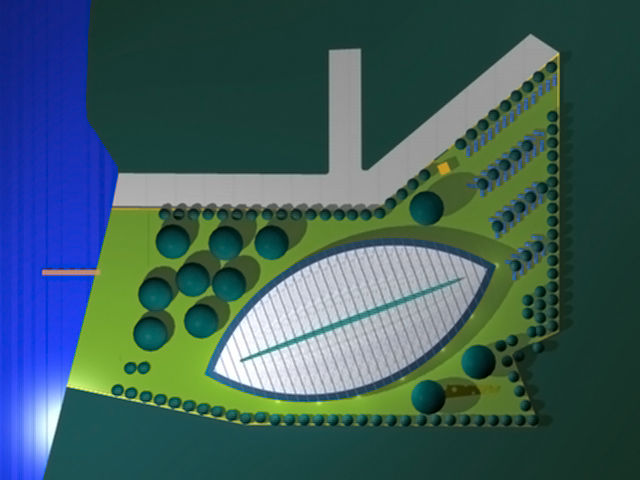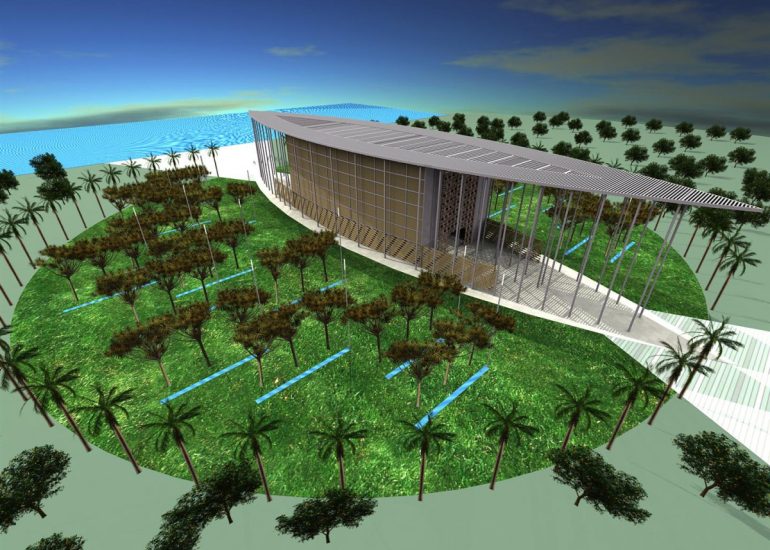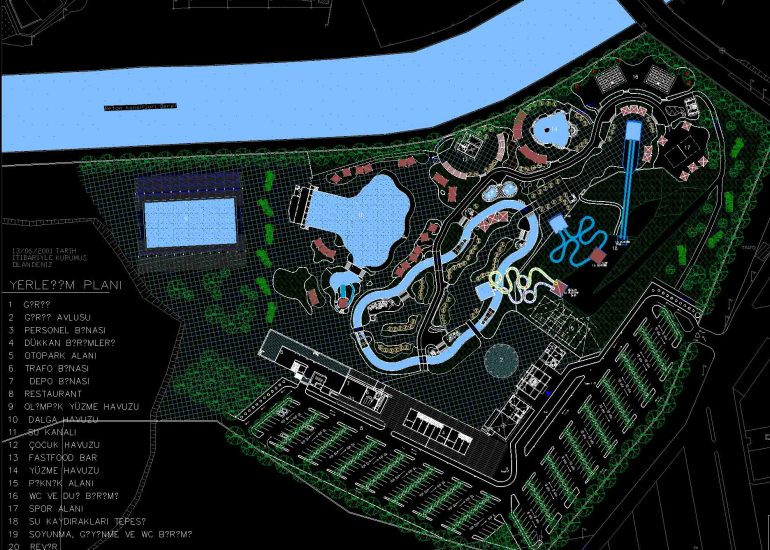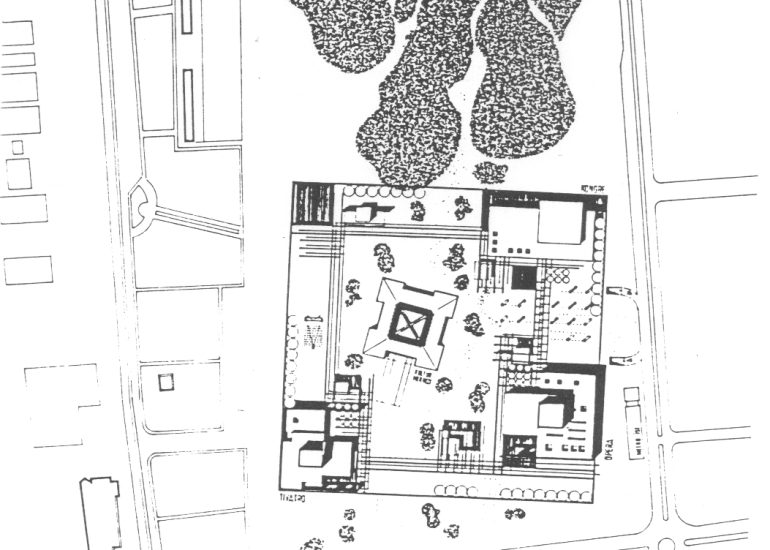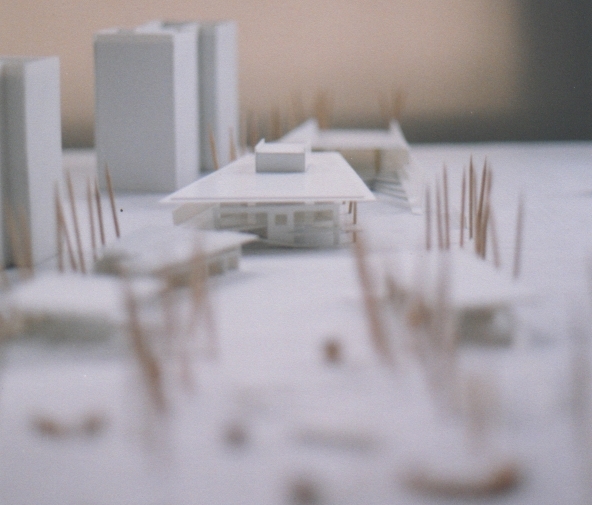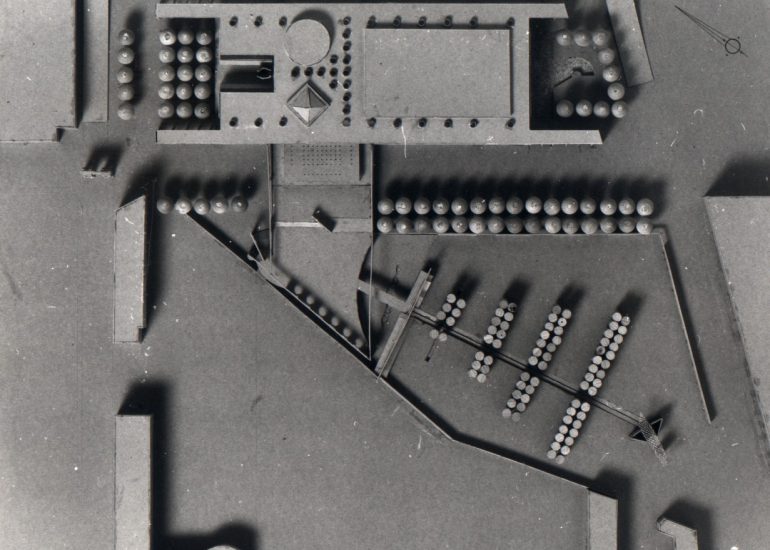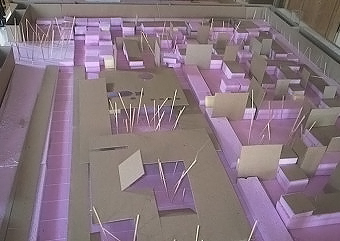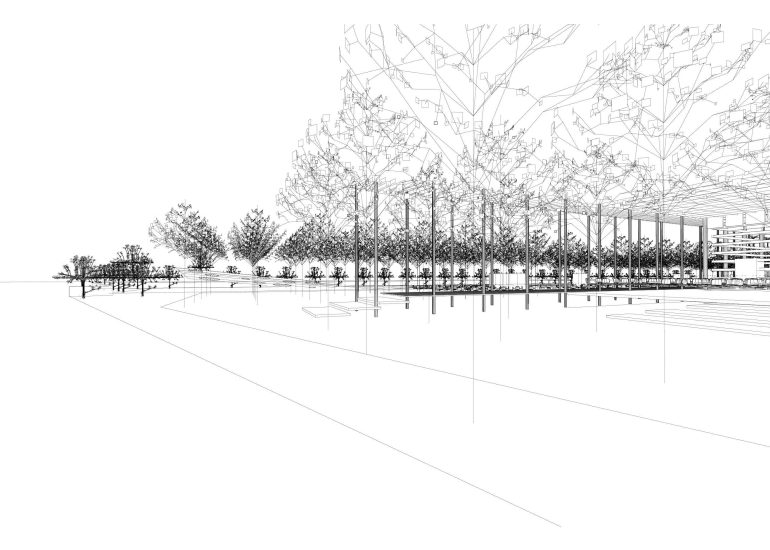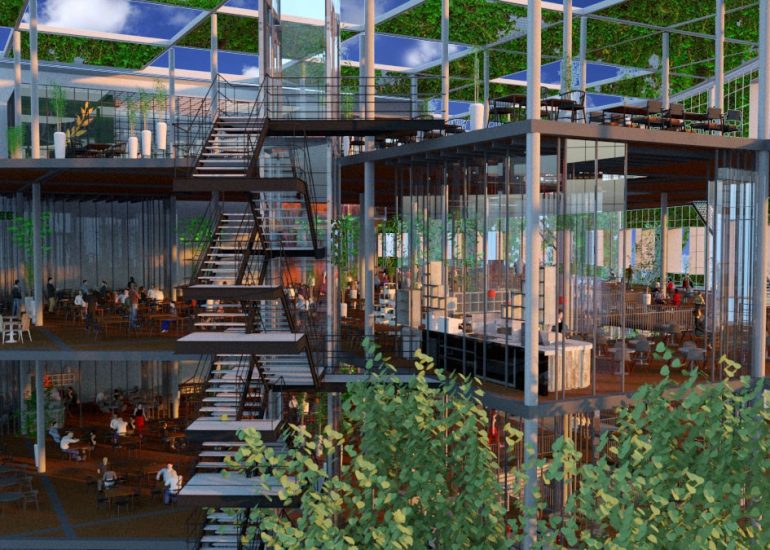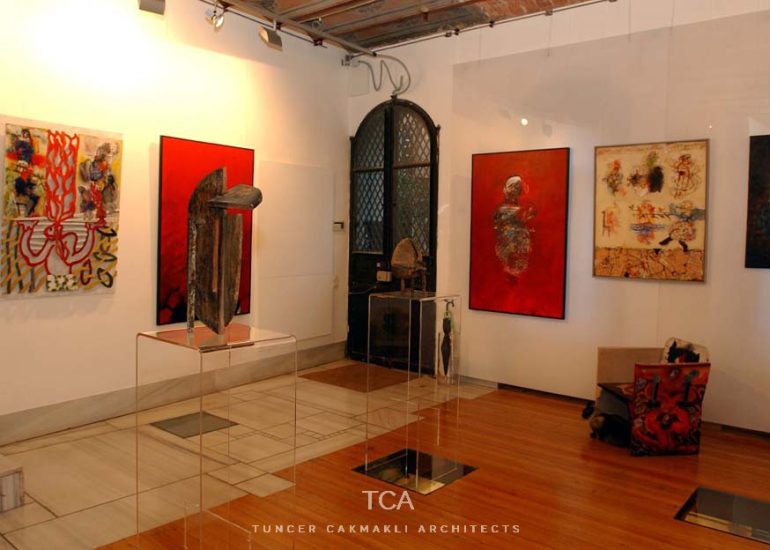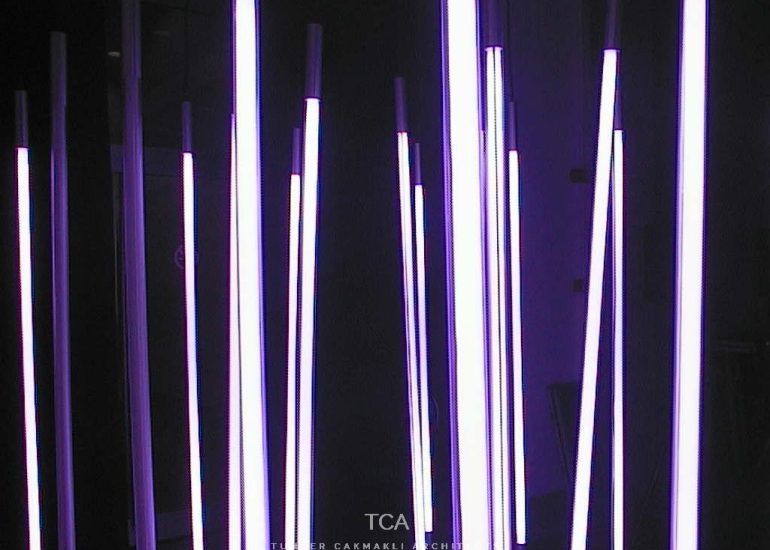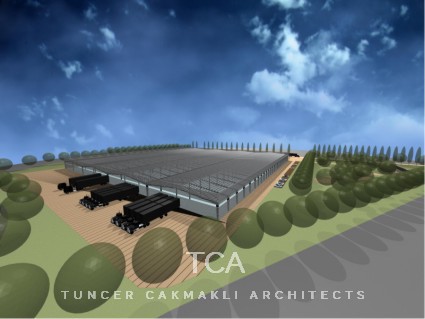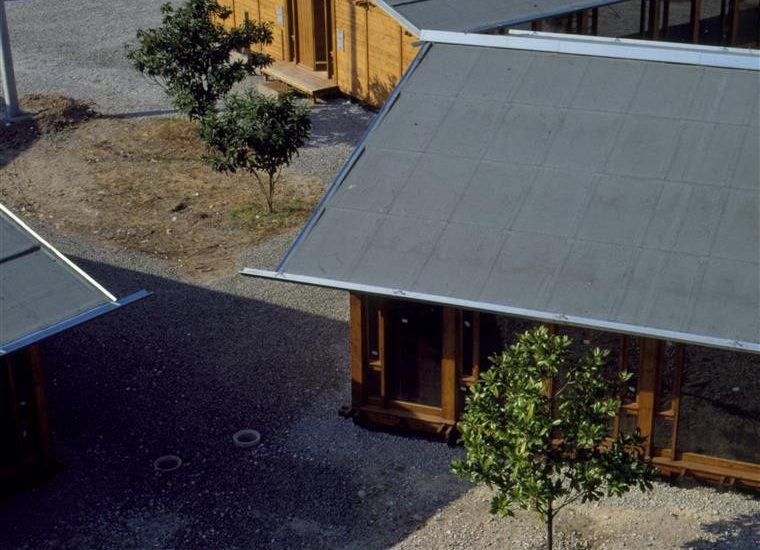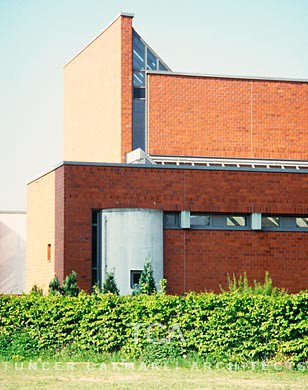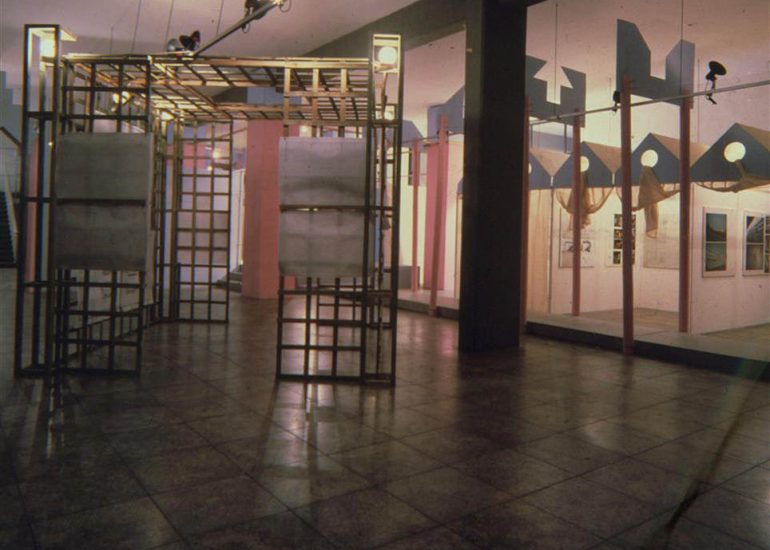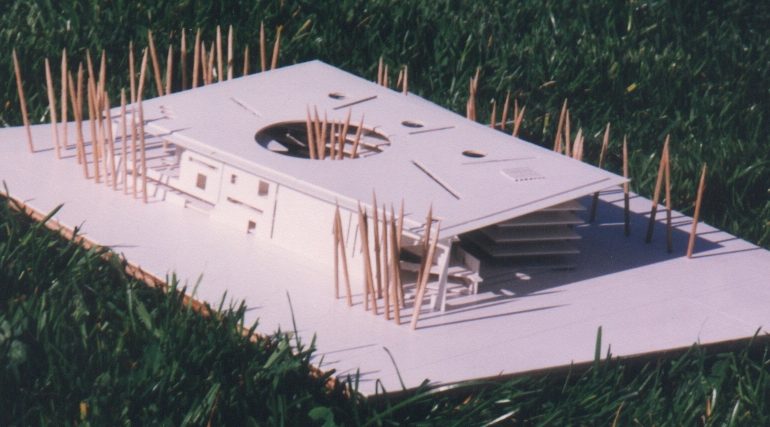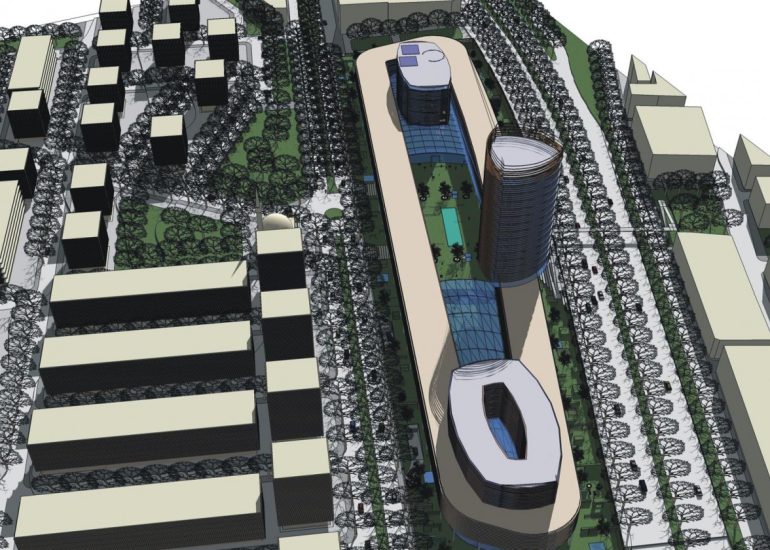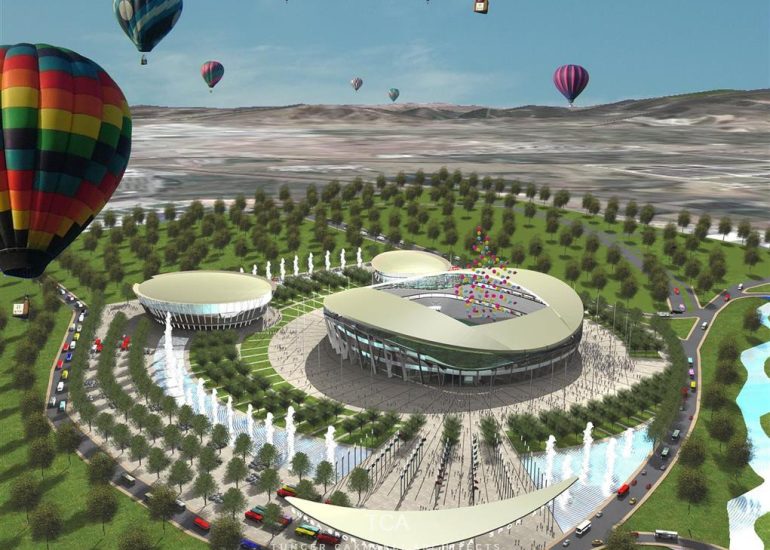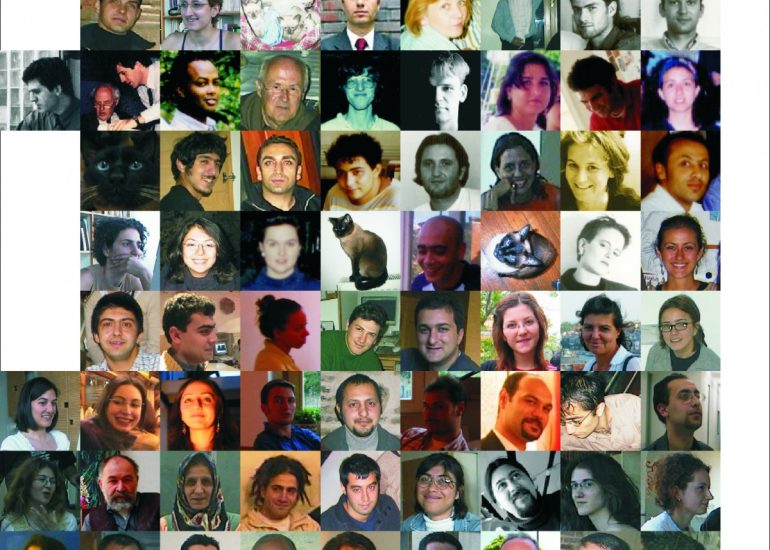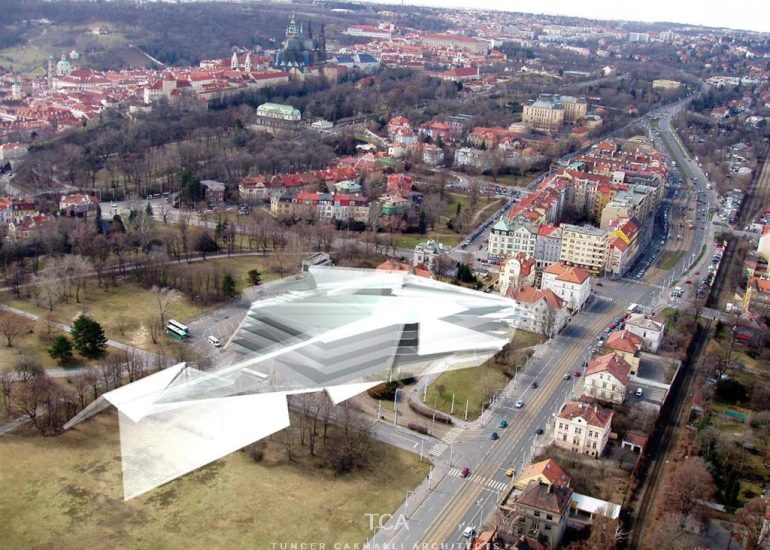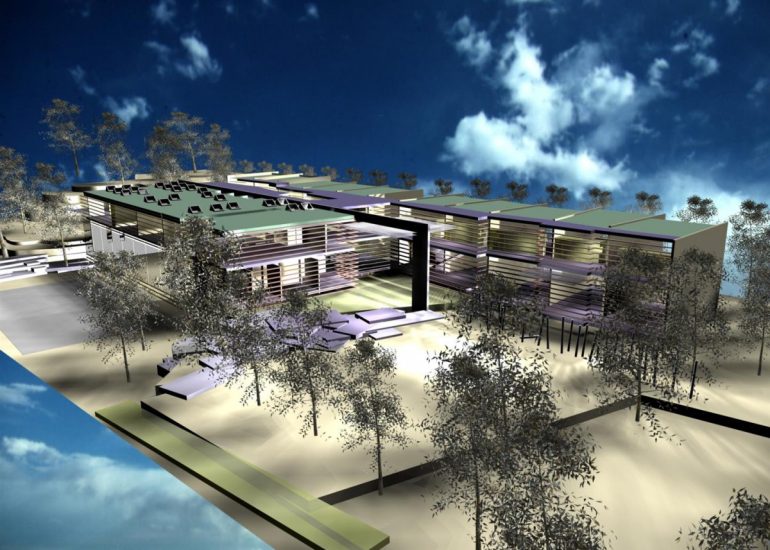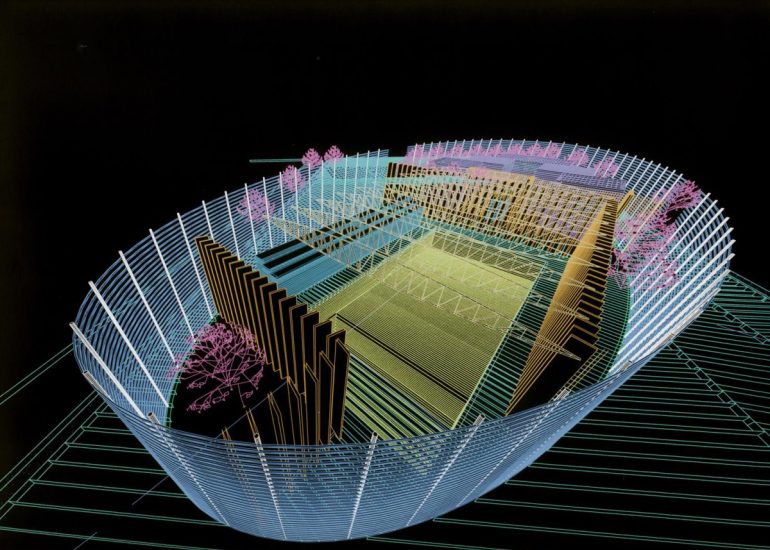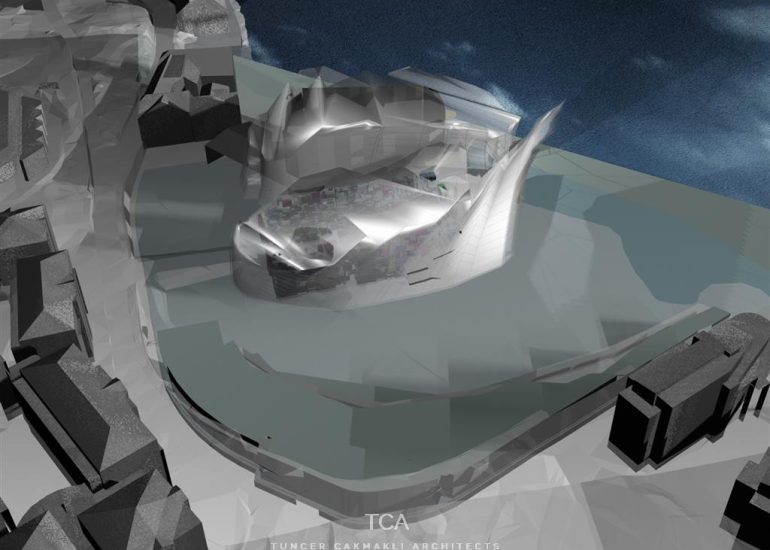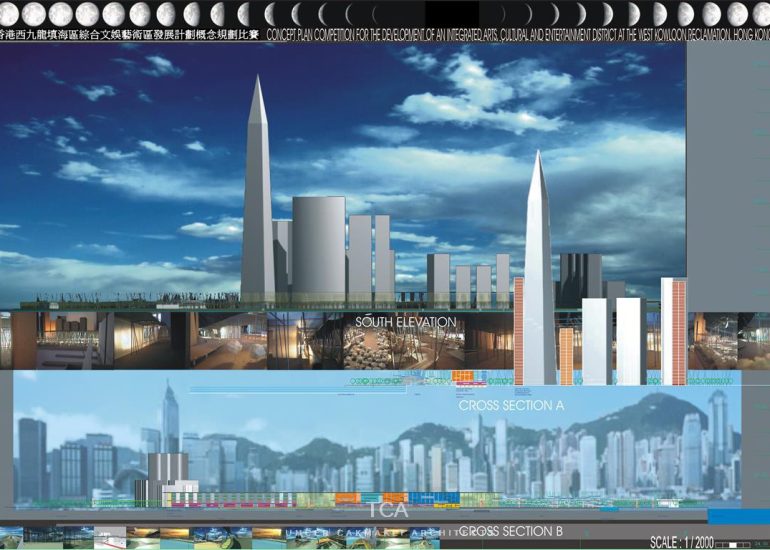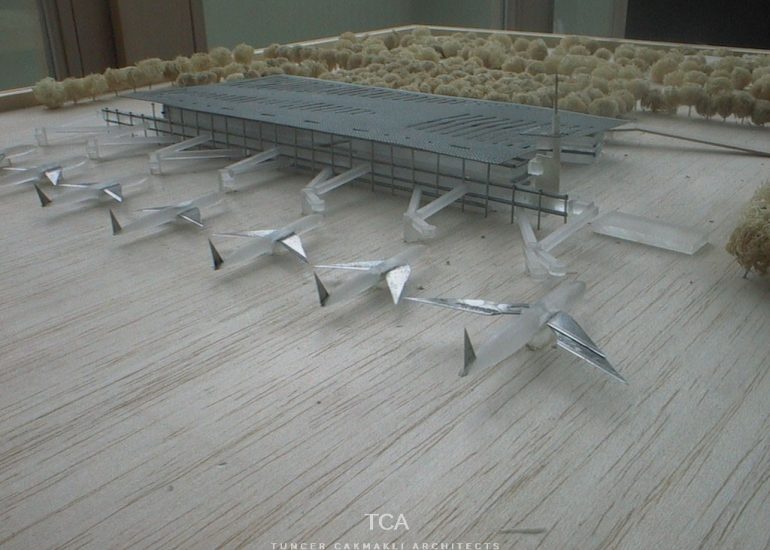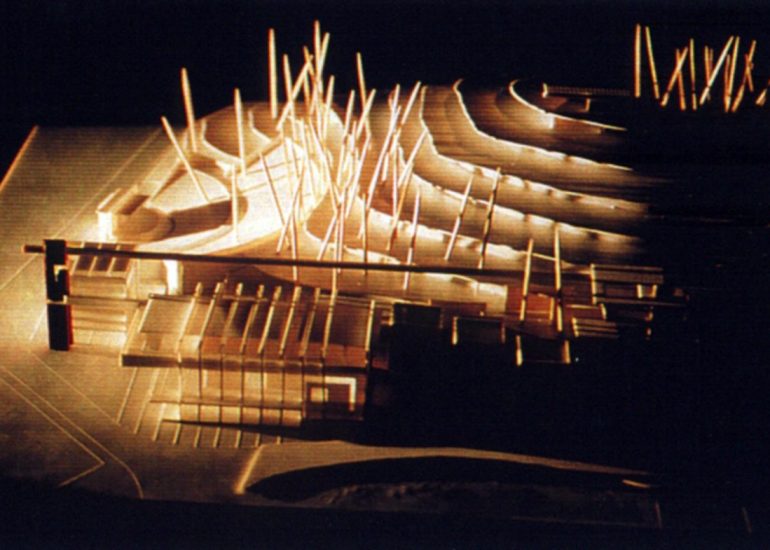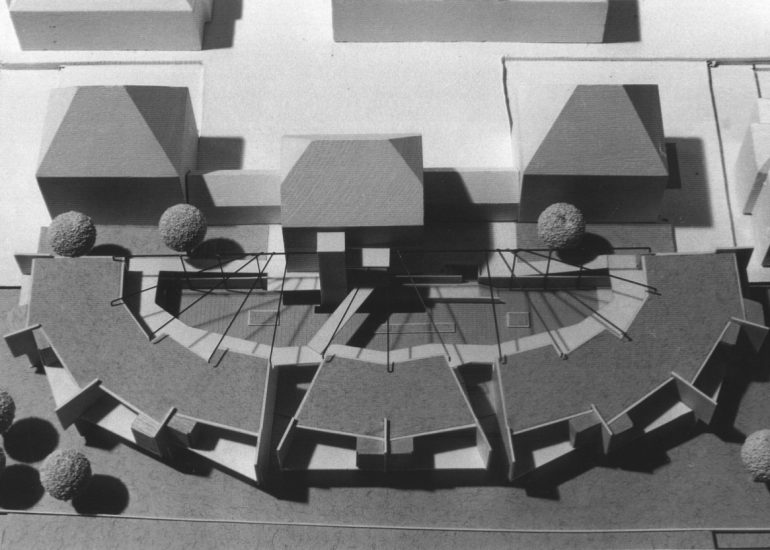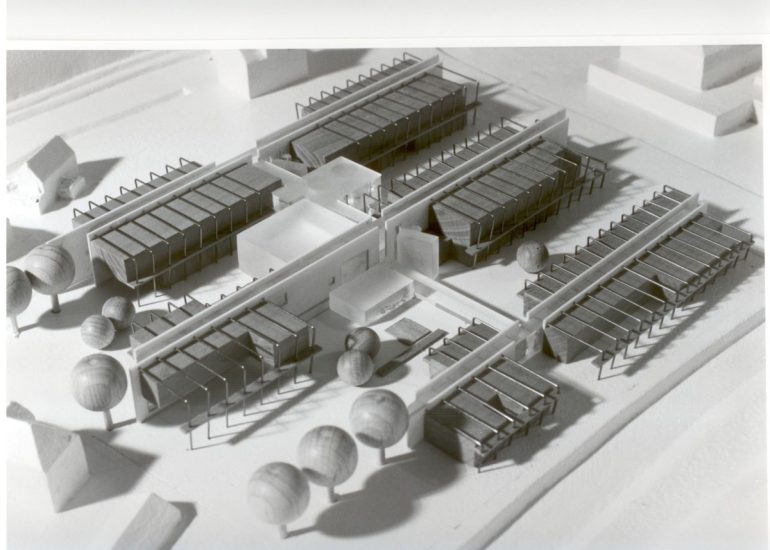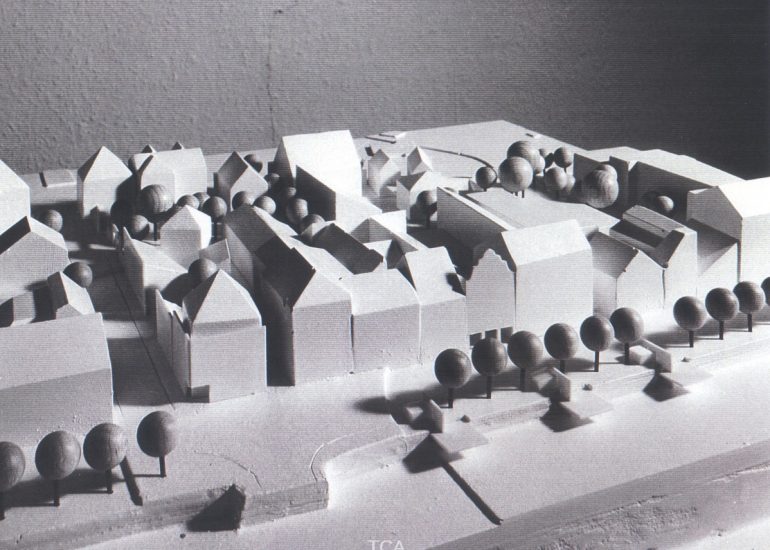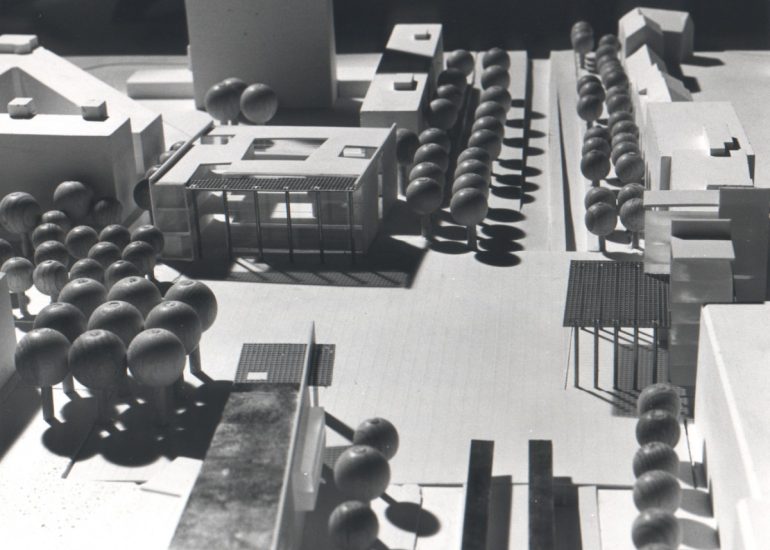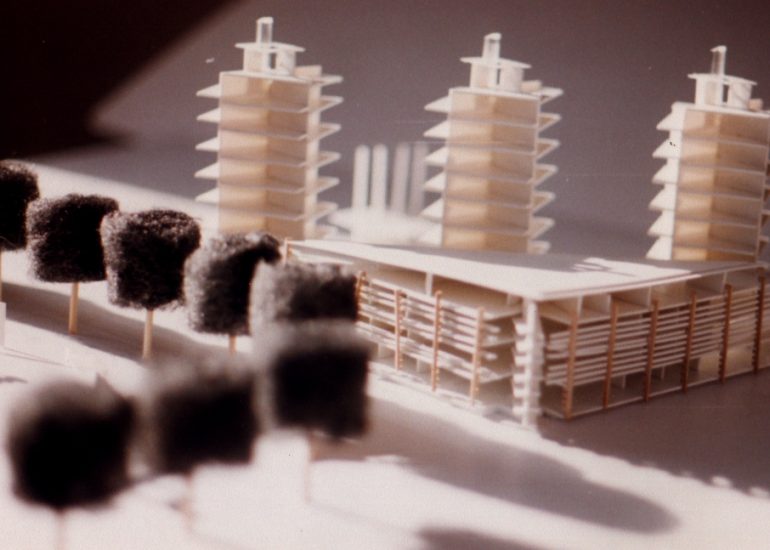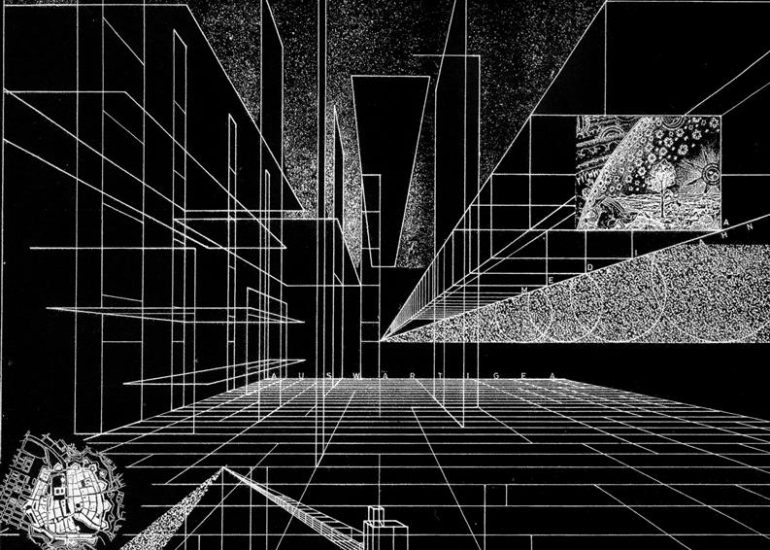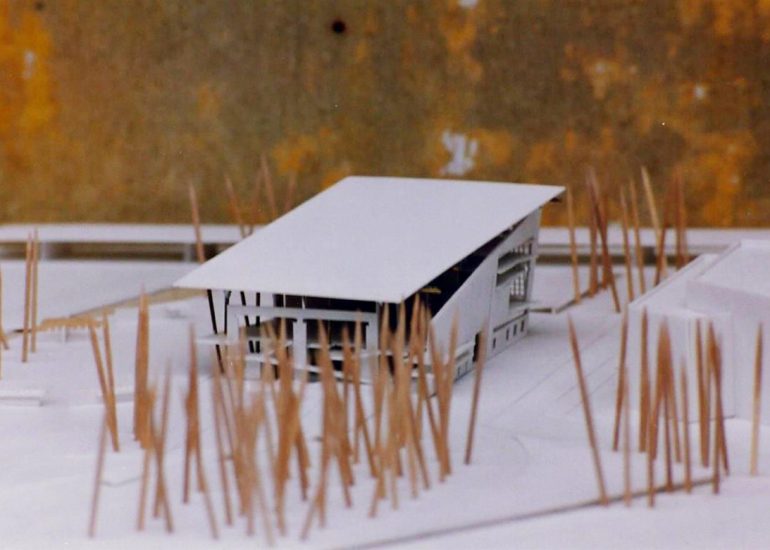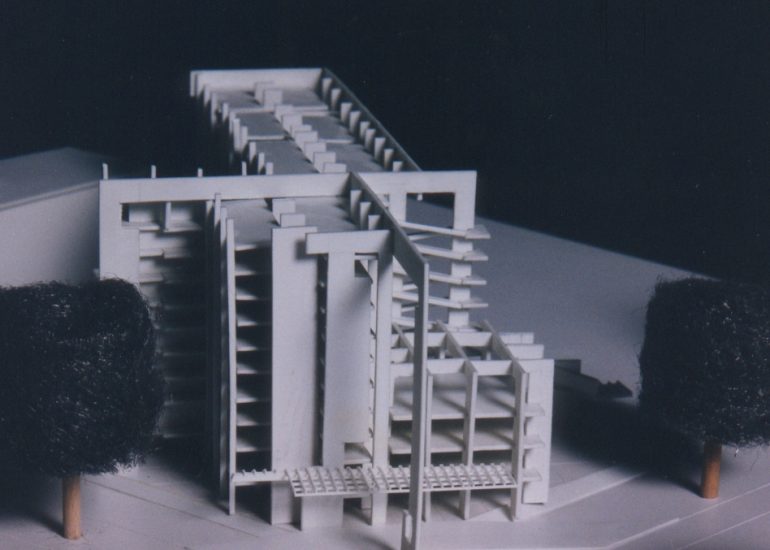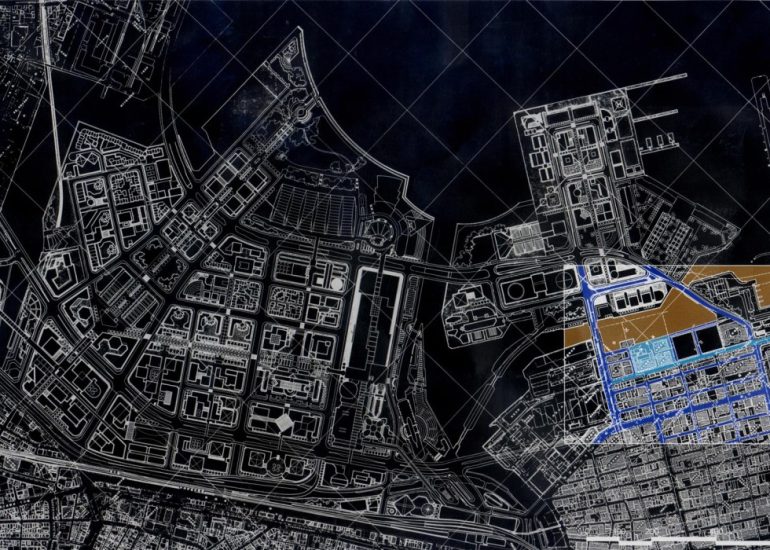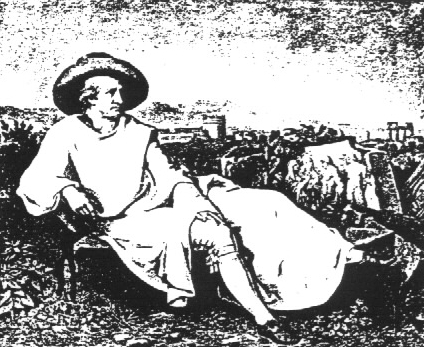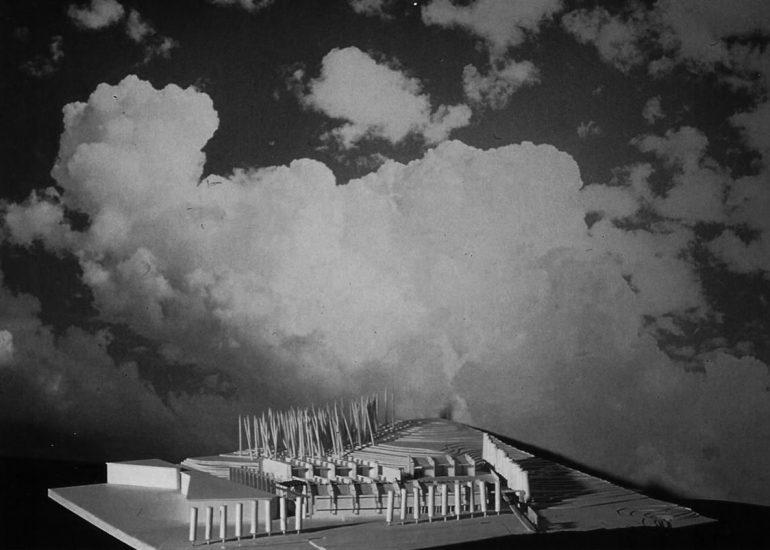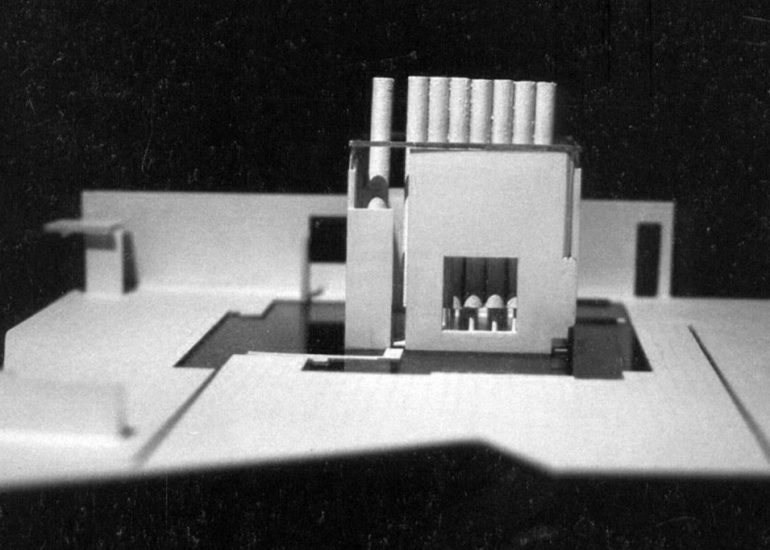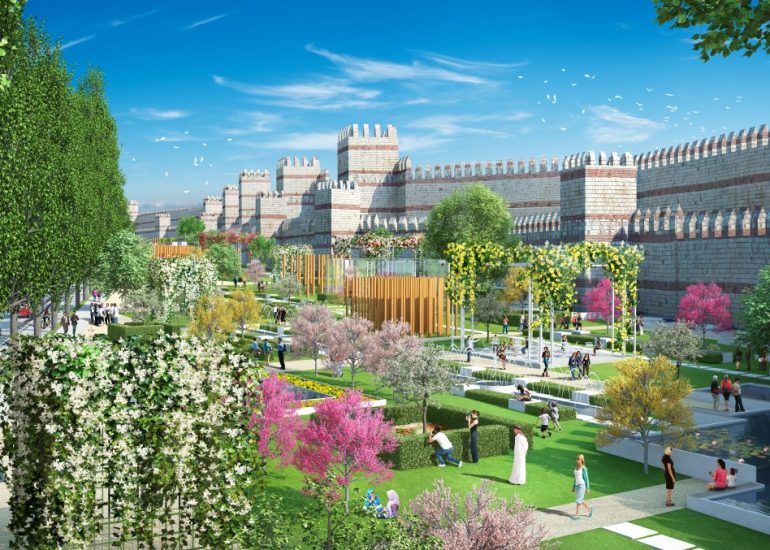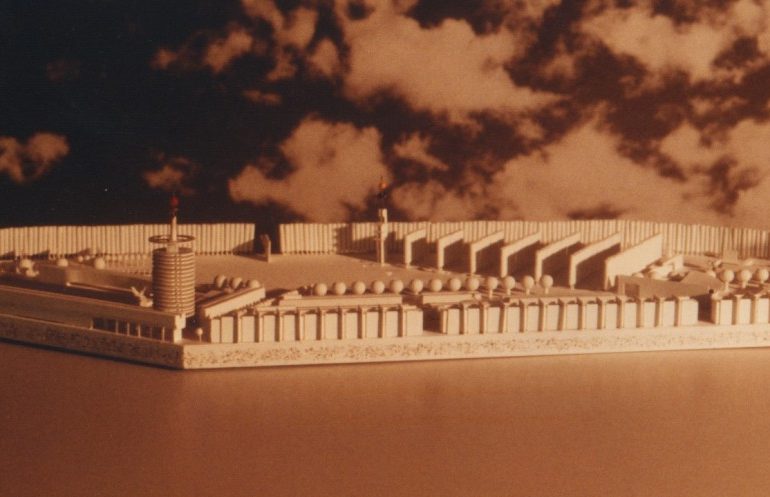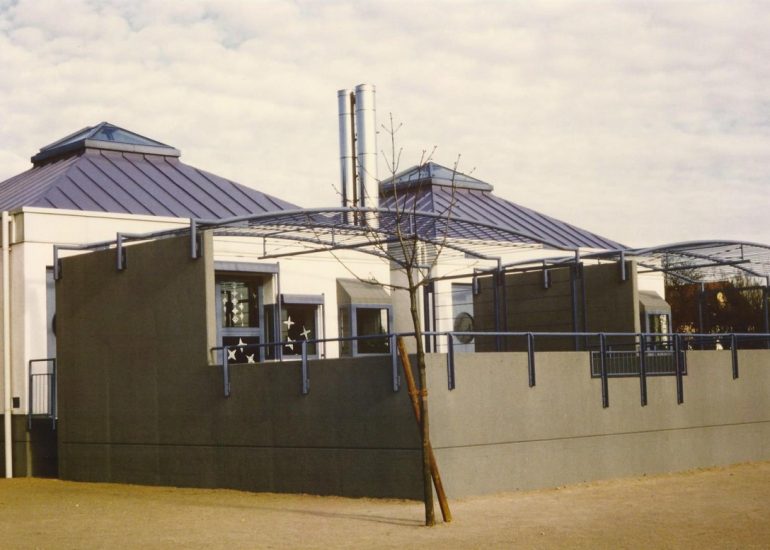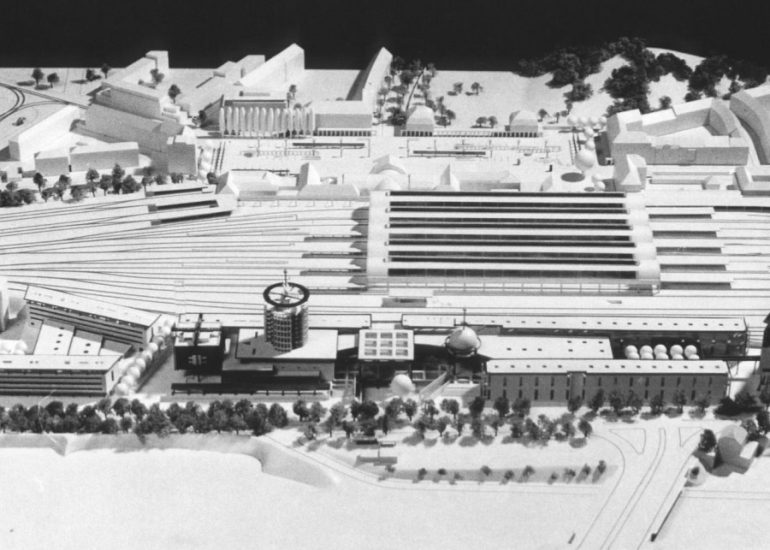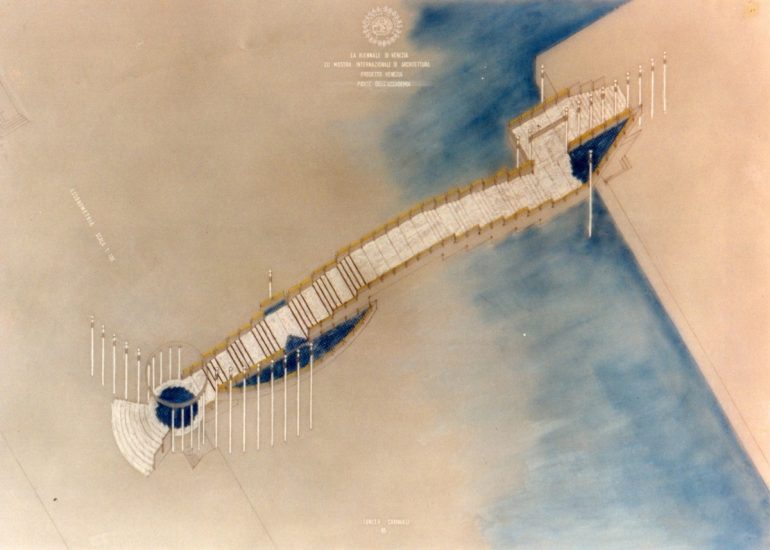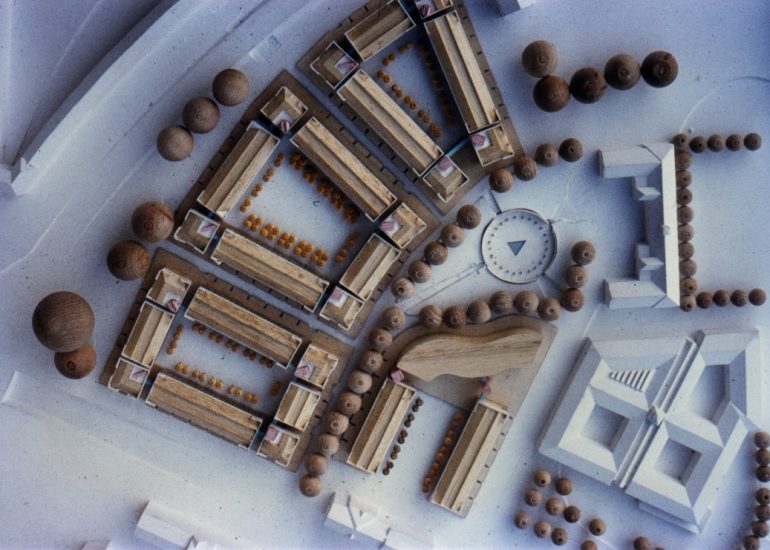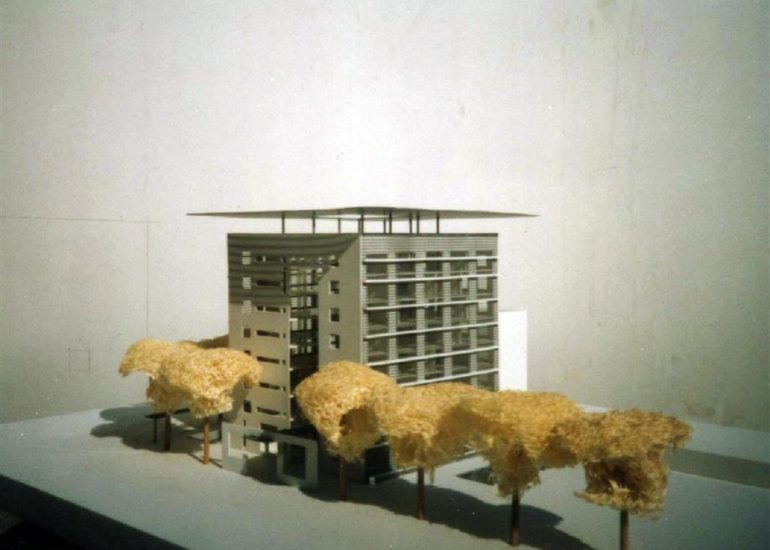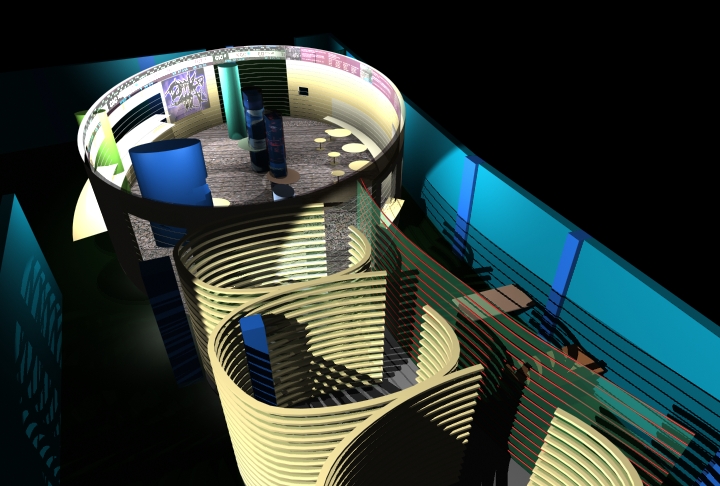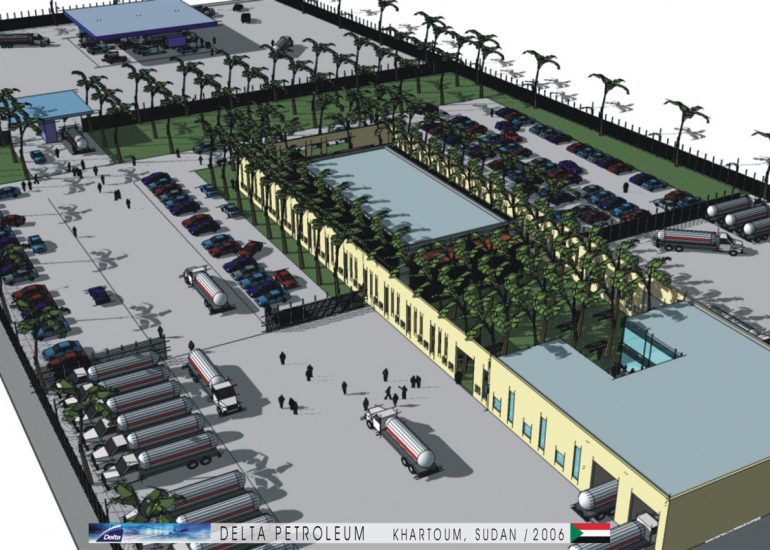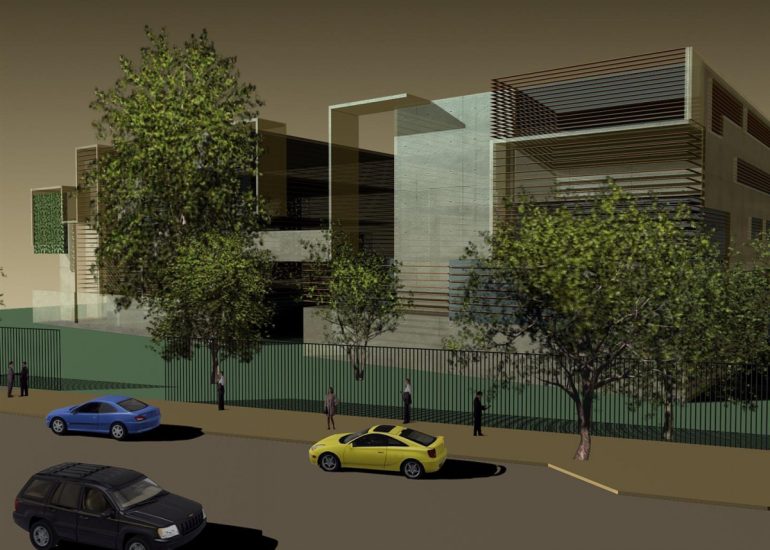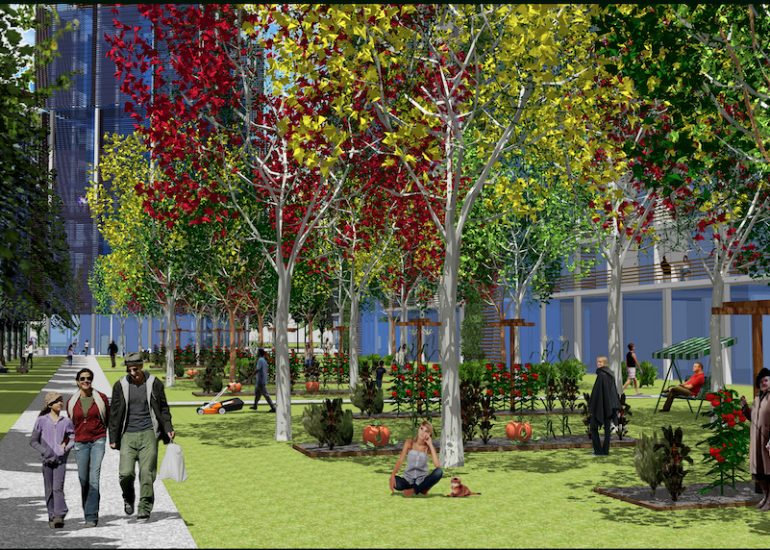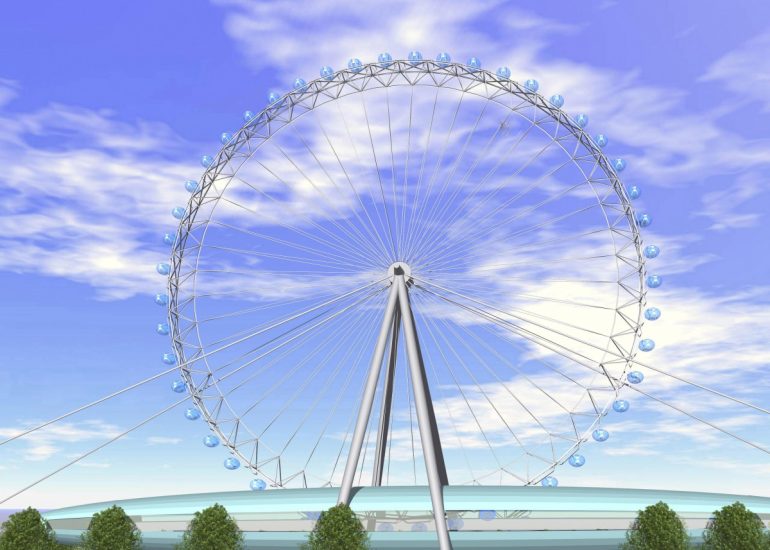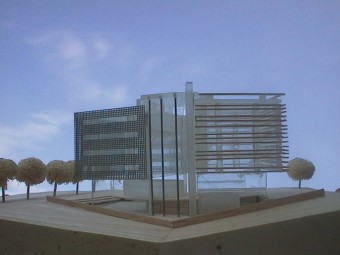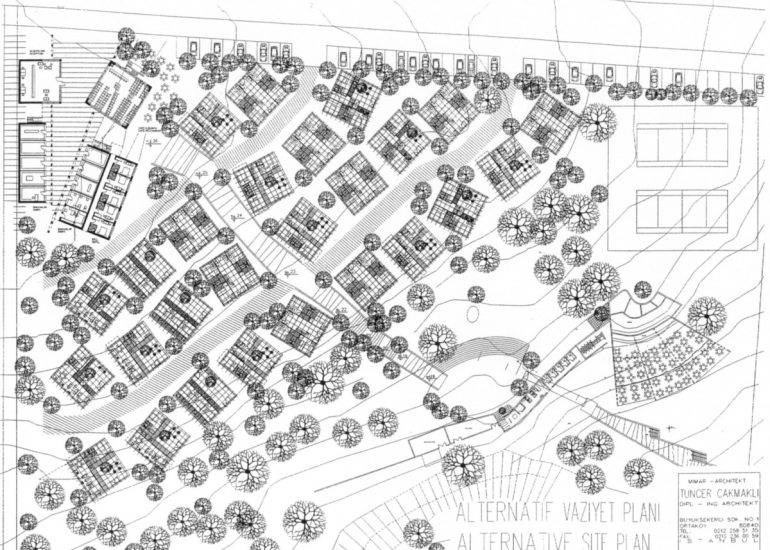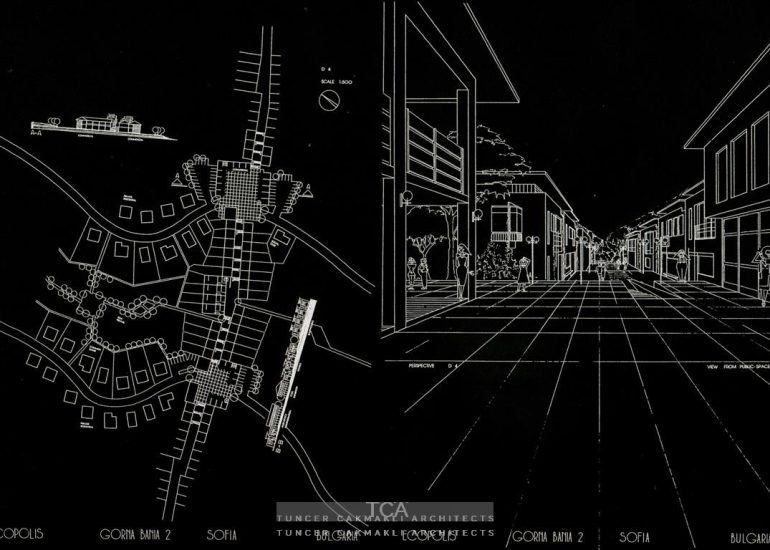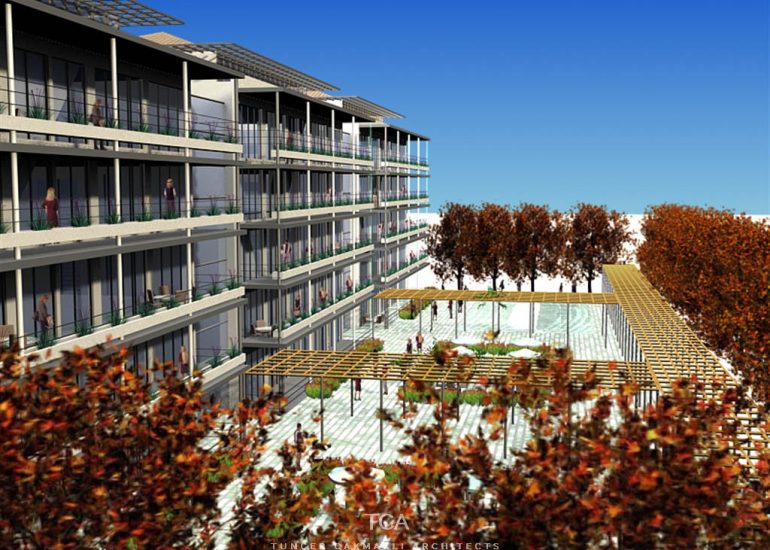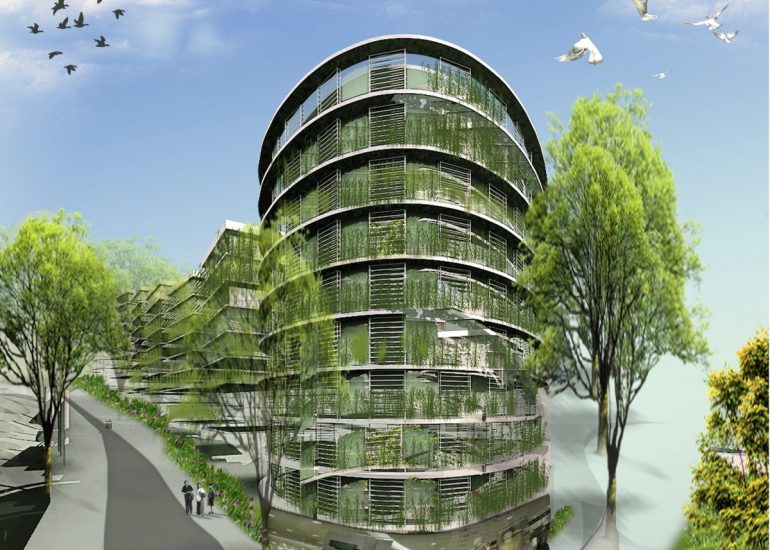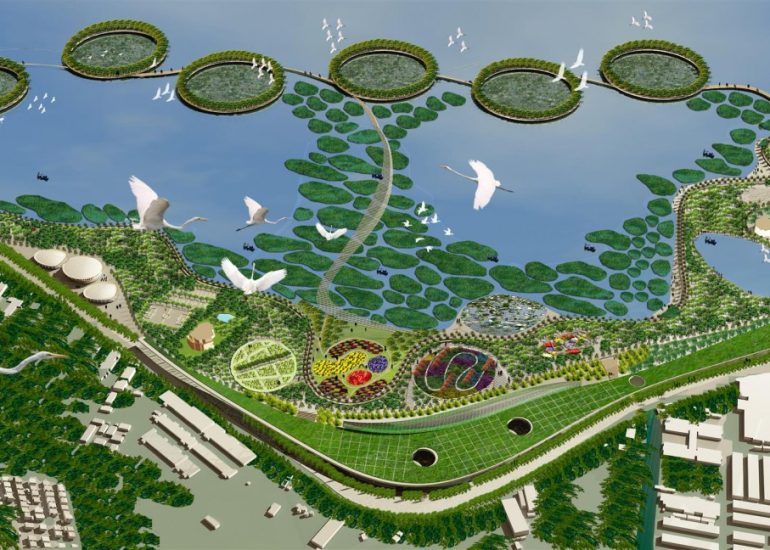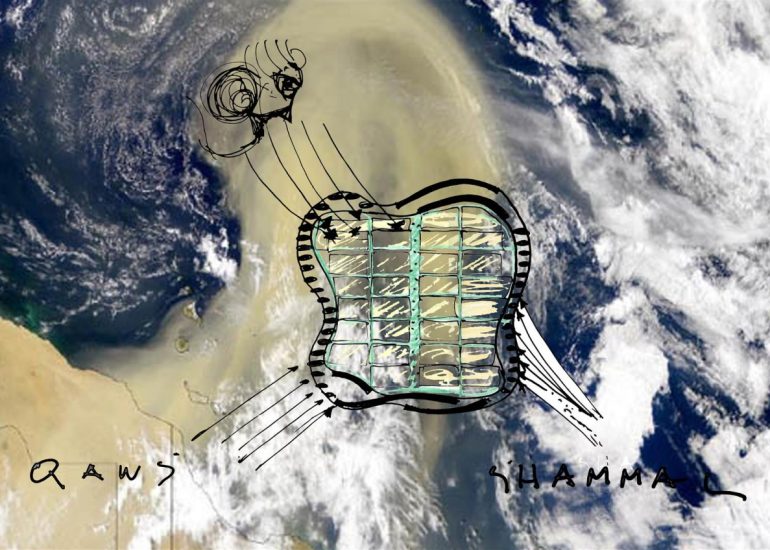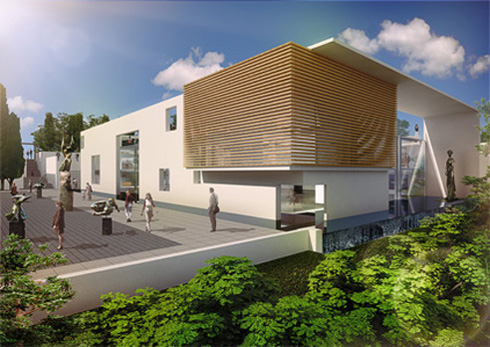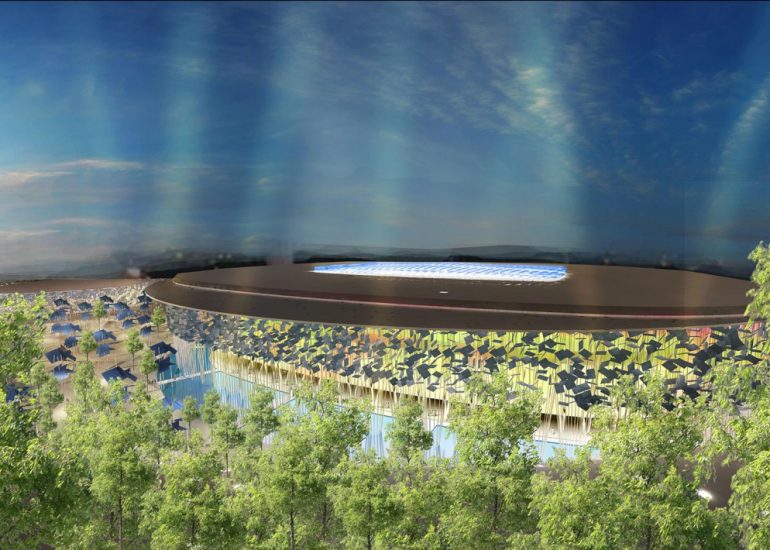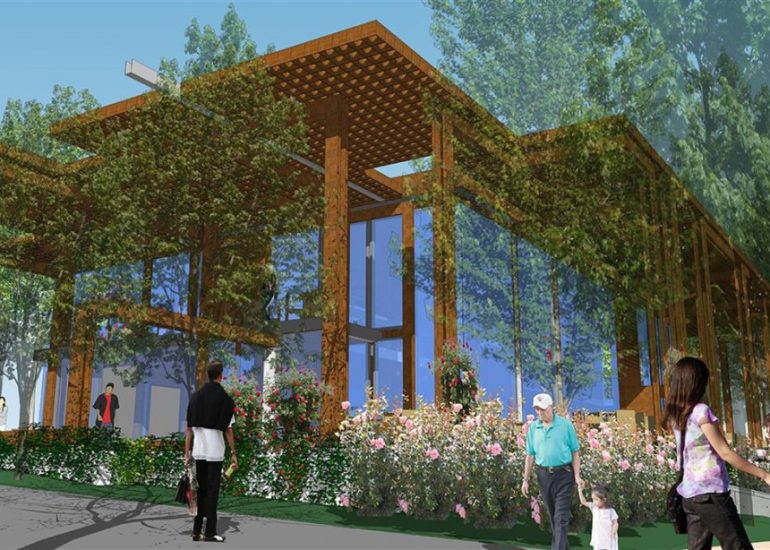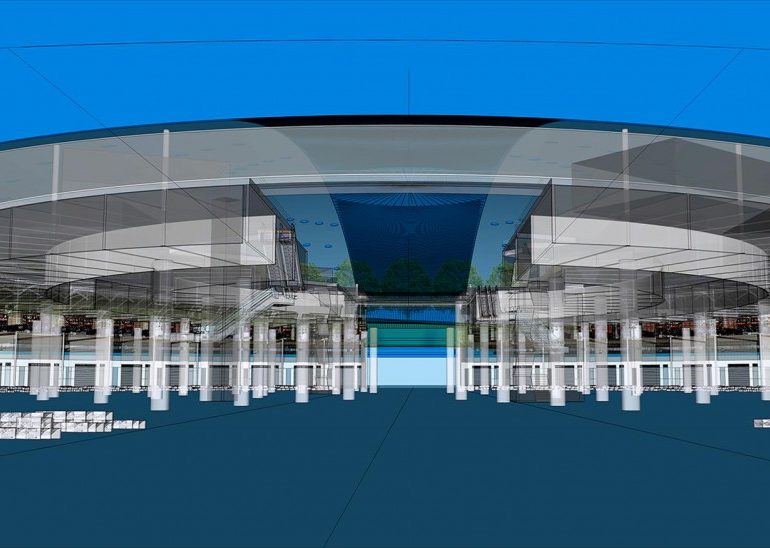Embassy of Turkey in Berlin
Germany
AREA
12000
YEAR
2007
In the heart of Berlin, the Embassy of Turkey emerges as a living testament to the rich tapestry of Turkish architectural history, spanning millennia of cultural evolution. Rooted in a heritage that seamlessly blends geometric precision, functional elegance, and philosophical depth, the design of the Turkish Embassy in Berlin transcends mere physical structure. It is a harmonious symphony where outdoor and indoor spaces gracefully intertwine, and the surrounding landscape becomes an integral part of the architectural narrative.
Drawing from Turkey’s profound architectural legacy, which carries the imprints of empires and civilizations, the Embassy of Turkey in Berlin stands as a contemporary embodiment of a design philosophy that has evolved over thousands of years. Geometric patterns, reminiscent of Ottoman and Anatolian motifs, dance across the façade, creating a visual language that speaks to the nation’s cultural identity.
Yet, beyond the aesthetic allure, the Embassy’s design embraces functionality with a philosophical underpinning. Indoor spaces seamlessly flow into outdoor realms, blurring the boundaries between private and public, fostering an environment of openness and connectivity. This architectural approach mirrors Turkey’s historical tradition of embracing diversity and forging connections with the world.
Moreover, the landscape itself becomes an active participant in the spatial narrative. Gardens and courtyards, inspired by Turkish paradisiacal designs, extend a warm invitation to engage with nature while also offering a contemplative escape within the heart of the embassy. The fusion of form and function with the natural environment underscores a commitment to sustainability and holistic living.
This introduction invites us to explore not just a diplomatic enclave but a living embodiment of Turkish culture, philosophy, and architectural prowess. The Embassy of Turkey in Berlin, with its geometric intricacies, functional fluidity, and seamless integration with the landscape, stands as a testament to the enduring legacy of Turkish architectural innovation—a dialogue between tradition and modernity on the global stage.
Budget:25000000
Location:Berlin,Germany
#TurkishEmbassy #TurkishArchitecture #BerlinDiplomacy #CulturalHeritage #ArchitecturalInnovation #GeometricDesign #FunctionalElegance #PhilosophicalSpaces #HistoricalInfluence #TurkishDesign #OttomanMotifs #DiplomaticSpaces #IndoorOutdoorLiving #LandscapeIntegration #SustainableArchitecture #CulturalIdentity #ArchitecturalNarrative #TurkishHistory #ContemporaryDesign #BerlinLandmarks




The Measurement of the Earth – On Signs, Borders, and the Architecture of Nation
The Earth has given humankind a place to live, to wander, to think.
And man, unable to grasp this gift in its wholeness, began to divide it.
He drew lines where once there were only horizons; he cast nets of words over the silence of nature.
Thus languages were born — the first borders, not of land, but of the mind.
Later, as Jean-Jacques Rousseau wrote in one of his unbearable yet lucid sentences, someone took four stakes, drove them into the ground, and said: “This belongs to me.”
And the others, instead of laughing, believed him.
Thus began the kingdoms, the states, the nations — and with them, that tragic poetry we call history.
Yet wherever boundaries are drawn, bridges also arise.
The state that isolates itself must also communicate; and so humanity invented the embassy — that paradoxical building, a fragment of one land standing within another.
A place that is both here and elsewhere — an architectural paradox, a symbol of the simultaneity of distance and proximity.
In Berlin, a city shaped by the dialectic of division and reunion, the Turkish Embassy holds a particular significance.
It is not merely a diplomatic residence but a translation — a translation of history, culture, and tectonic language into the stone and landscape of another country.
The TCA Design Team sought here to articulate the unspeakable — to create an architecture that does not simply speak but suggests.
The forms, materials, and landscapes of Turkey were deconstructed, analyzed, and recomposed — not as nostalgic quotations, but as elements of a living grammar.
From the tectonic language of Anatolia, a new syntax emerged: spaces that carry meaning, just as words carry memory.
The public areas unfold like a dialogue — transparent, welcoming — while the diplomatic, protected zones retreat inward, listening to themselves like a second heart.
Between openness and protection, representation and introspection, arises that delicate tension which might well define the essence of diplomacy.
For what is diplomacy, if not the art of speaking between borders, without crossing them?
And what is architecture, if not the art of making such invisible relations visible?
Thus the embassy becomes more than a building — it becomes a thought in stone,
reminding us that ever since man began to measure the earth, he has still been searching for a place where he might truly arrive.
————————————————————————————————————————————
Yeryüzünün Ölçülmesi – İşaretler, Sınırlar ve Ulusun Mimarisi Üzerine
Yeryüzü insana yaşaması, yürümesi, düşünmesi için bir mekân verdi.
Ve insan, bu armağanı bir bütün olarak kavrayamadığı için, onu bölmeye başladı.
Ufukların olduğu yere çizgiler çekti; doğanın sessizliği üzerine kelimelerden ağlar gerdi.
Böylece diller doğdu — toprağın değil, zihnin ilk sınırları.
Daha sonra, Jean-Jacques Rousseau’nun o rahatsız edici ama berrak cümlesinde yazdığı gibi, biri dört kazık aldı, toprağa çaktı ve dedi ki: “Bu bana ait.”
Ve diğerleri, gülmek yerine, ona inandı.
İşte böyle başladı krallıklar, devletler, uluslar — ve onlarla birlikte biz buna tarih dediğimiz o trajik şiir.
Ama sınırlar nerede çizilirse, orada köprüler de doğar.
Kendini ayıran devlet, aynı zamanda konuşmak zorundadır; böylece insanlık büyükelçilik fikrini yarattı — başka bir ülkenin içinde duran bir ülke parçası, paradoksal bir yapı.
Bir yer ki hem burada hem başka bir yerdedir; hem uzaklığın hem yakınlığın eşzamanlılığını simgeleyen mimari bir paradoks.
Berlin, ayrılıkla birleşmenin diyalektiğiyle şekillenmiş bir şehir olarak, Türk Büyükelçiliğine özel bir anlam kazandırır.
Bu yapı yalnızca diplomatik bir temsilcilik değil, aynı zamanda bir çeviridir:
bir kültürün, bir tarihin, bir tektoniğin başka bir ülkenin taşı ve peyzajı içinde yeniden yorumlanması.
TCA tasarım ekibi, burada söylenemeyeni dile getirmeye çalıştı — konuşmayan ama ima eden bir mimarlık yaratmak için.
Türkiye’nin biçimleri, malzemeleri ve peyzajları parçalarına ayrıldı, çözümlendi, yeniden bir araya getirildi — nostaljik bir alıntı olarak değil, yaşayan bir dilbilgisi olarak.
Anadolu’nun tektonik dilinden yeni bir sözdizimi doğdu:
anlam taşıyan mekânlar, tıpkı hafıza taşıyan kelimeler gibi.
Kamusal alanlar bir diyalog gibi açılır — şeffaf, davetkâr;
diplomatik, korunaklı bölümler ise içe döner, ikinci bir kalp gibi kendi sesini dinler.
Açıklık ile koruma, temsil ile içe dönüklük arasındaki bu gerilim, belki de diplomasi denilen şeyin özünü oluşturur.
Zira diplomasi nedir ki, sınırların arasında konuşma sanatı değilse — onları aşmadan?
Ve mimarlık nedir ki, görünmez ilişkileri görünür kılma sanatı değilse?
Böylece büyükelçilik bir yapı olmaktan öteye geçer — taştan bir düşünceye dönüşür;
insana hatırlatır ki, o yeryüzünü ölçmeye başladığından beri, hâlâ gerçekten varabileceği bir yer aramaktadır.

